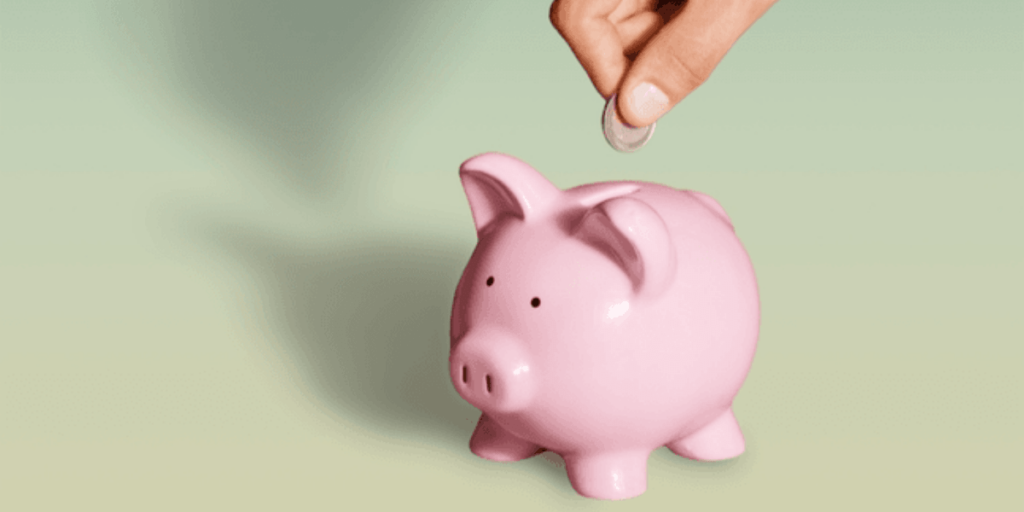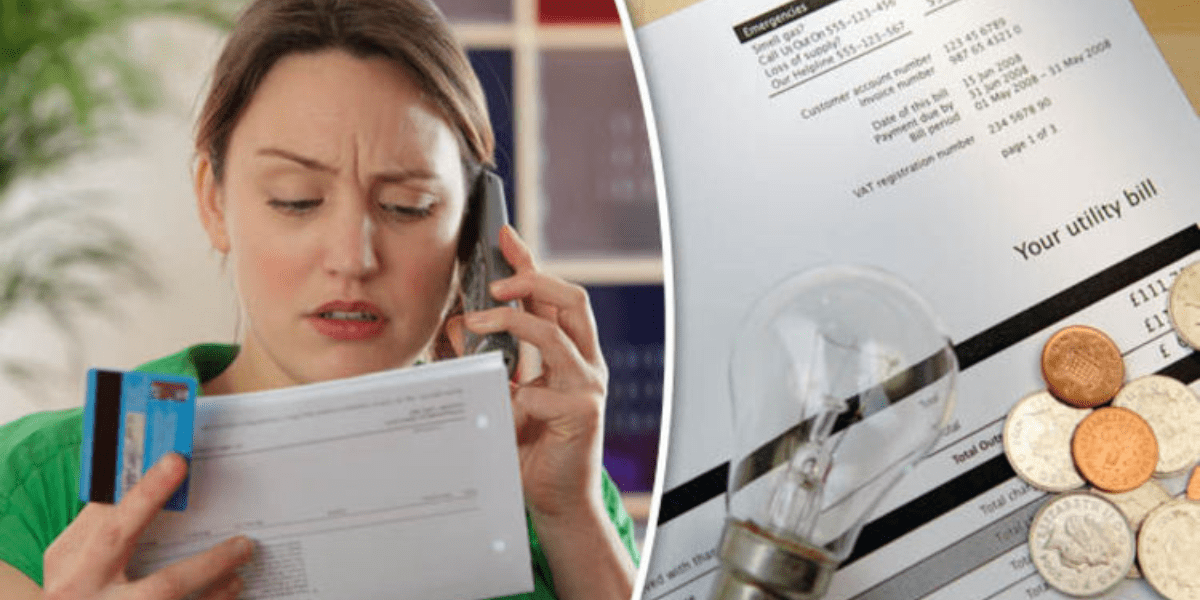In today’s uncertain world, building an emergency fund is essential for financial security. An emergency fund is a savings account set aside for unexpected expenses, such as medical bills, car repairs, or job loss. Without an emergency fund, you may be forced to take on debt or rely on credit cards to cover these expenses, which can quickly spiral out of control.
But how do you build an emergency fund? It may seem daunting at first, but with a few simple steps, you can start building your emergency fund today. In this article, we will discuss seven ways to build an emergency fund, including setting a savings goal, automating your savings, cutting unnecessary expenses, and more.
By the end of this article, you will have a clear understanding of what an emergency fund is, why it’s important, and actionable steps you can take to build your own emergency fund. Whether you’re just starting to save or looking to beef up your existing emergency fund, these tips will help you achieve your financial goals and gain peace of mind knowing you’re prepared for whatever unexpected expenses may come your way.
Table of Contents
What is an emergency fund?
An emergency fund is a financial safety net that is set aside for unexpected expenses or emergencies. It is a savings account specifically designated for situations such as sudden job loss, medical bills, car repairs, or any other unforeseen expense that may arise. The purpose of an emergency fund is to provide a cushion of financial support to help you navigate through tough times without having to resort to borrowing money or going into debt.
The amount of money that you should have in your emergency fund varies depending on your individual circumstances, such as your monthly expenses, income, and family size. However, most financial experts recommend having enough money in your emergency fund to cover at least three to six months of living expenses.
Building an emergency fund can provide you with financial security and peace of mind, knowing that you have a safety net to fall back on in case of an emergency. It can also help you avoid high-interest debt and financial stress, allowing you to focus on other important areas of your life.
How To Build an Emergency Fund?

1. Set a Savings Goal
Setting a savings goal is a critical first step in building an emergency fund. Without a clear goal in mind, it can be challenging to stay motivated and on track with saving. The purpose of an emergency fund is to have a financial cushion to fall back on during unexpected situations, such as job loss, medical emergencies, or car repairs. An emergency fund provides a sense of financial security and can prevent individuals from having to rely on high-interest credit cards or loans in times of need.
To set a savings goal, it is essential to start by assessing your monthly expenses. Take the time to add up all of your necessary monthly expenses, such as rent or mortgage payments, utilities, food, transportation, and other essential expenses. Next, multiply that amount by the number of months you want to save for. Experts typically recommend having three to six months’ worth of living expenses in an emergency fund, but this may vary depending on individual circumstances.
For example, if your total monthly expenses amount to $3,000, and you want to save for six months, your savings goal would be $18,000. This may seem like a daunting amount, but it is important to remember that building an emergency fund is a long-term goal that requires consistent effort and dedication.
Once you have determined your savings goal, it is crucial to break it down into smaller, more manageable chunks. For example, you may want to aim to save $1,500 per month to reach your goal in a year. Alternatively, you may choose to save $500 per month and aim to reach your goal in three years.
It is also important to consider your current financial situation and adjust your savings goal accordingly. If you have significant debt, for example, you may want to focus on paying down that debt before fully committing to building your emergency fund.
2. Create a Budget
Creating a budget is an essential part of building an emergency fund. A budget helps you to track your income and expenses and identify areas where you can reduce your spending to save money. To create a budget that allows you to save regularly, follow these steps:
- Track your expenses: Start by tracking your expenses for a month or two. Write down everything you spend money on, including bills, groceries, transportation, entertainment, and other expenses.
- Categorize your expenses: Once you have tracked your expenses, categorize them into fixed and variable expenses. Fixed expenses are recurring bills, such as rent, mortgage payments, and car payments. Variable expenses are flexible expenses that vary from month to month, such as groceries, entertainment, and dining out.
- Identify areas to cut back: Look for areas where you can reduce your spending, such as dining out, entertainment, or shopping. Consider making changes to your lifestyle to cut back on these expenses.
- Set a savings target: Use your savings goal to determine how much you need to save each month. If you want to save $500 per month, for example, adjust your budget to make sure you have enough money left over to put towards your emergency fund.
- Automate your savings: Consider setting up automatic transfers from your checking or savings account to your emergency fund. This ensures that you save regularly and helps you avoid spending the money on other things.
Check out this step-vystep guide, for more informations about how to create a budget.
3. Cut Out Unnecessary Spending.
One of the most effective ways to build an emergency fund is to cut out unnecessary spending. This means eliminating expenses that you do not need or can live without. Here are some examples of unnecessary spending:
- Subscriptions and memberships that you no longer use
- Daily coffee or lunch purchases
- Impulsive online shopping
- Unnecessary home decor or clothing purchases
To cut out unnecessary spending, take a close look at your expenses and determine which ones you can eliminate. Consider creating a list of wants versus needs and prioritizing your spending accordingly. This will help you save money and put more towards your emergency fund.
4. Keep Your energy Usage Low.
Another way to save money and build your emergency fund is to keep your energy usage low. This can include turning off lights and electronics when not in use, using energy-efficient appliances, and adjusting your thermostat to a lower temperature in the winter and a higher temperature in the summer. By reducing your energy usage, you can save money on your utility bills, which can be put towards your emergency fund.
5. Start a Side Hustle.
Starting a side hustle is a great way to earn extra income and build your emergency fund. A side hustle is a part-time job or business that you can do in addition to your full-time job. Here are some examples of side hustles:
- Freelancing: If you have skills in writing, graphic design, or programming, consider freelancing on the side.
- Online tutoring: If you have expertise in a subject, consider offering online tutoring services.
- Pet-sitting or dog-walking: If you love animals, consider offering pet-sitting or dog-walking services in your community.
- Delivery driving: Many delivery services, such as Uber Eats or DoorDash, allow you to work on a flexible schedule and earn extra income.
Starting a side hustle not only helps you earn extra income, but it can also provide you with new skills and experiences. Additionally, it allows you to diversify your income streams and reduce your reliance on your full-time job. It is important to consider your skills, interests, and available time. Choose a side hustle that is compatible with your schedule and that you enjoy doing. This will help you stay motivated and committed to building your emergency fund.
6. Sell Your Stuff.
Another way to build an emergency fund is to sell items you no longer need or use. This could include clothing, electronics, furniture, or other household items. You can sell these items through online marketplaces such as eBay, Facebook Marketplace, or Craigslist, or by hosting a garage sale. By selling items you no longer need, you can earn extra cash that can be put towards your emergency fund.
7. Start Small
Finally, it’s important to remember that building an emergency fund is a process that takes time and dedication. It’s okay to start small and gradually increase your savings over time. Even setting aside a small amount each week or month can add up over time and help you reach your emergency fund goal. Remember to stay committed to your savings plan and celebrate your progress along the way.
Emergency Fund FAQs.
How much should be in your emergency fund?
One of the most important things to have in your emergency fund is a large amount. The more you have, the more comfortable you can feel about having it.
An emergency fund should be large enough to cover three-to-six months of living expenses for an individual and their family. It should also be liquid enough to pay bills, groceries, and other necessities without having to borrow money or sell assets. For some people, this may seem like an impossible goal – but it’s not!
If you want to build up your emergency fund, start by setting aside one month’s worth of living expenses each month. Once you feel comfortable with that amount and see how much progress you’ve made in a year, increase the amount that you’re saving each month by 10% every year.
What does an emergency fund cover?
Emergency funds are a way to cover unexpected expenses that might happen. It is important to have an emergency fund because you never know when you will need it.
Emergency funds are usually set up as savings accounts to cover the expenses that happen in case of an emergency. This includes covering medical bills, funeral costs, and other unexpected expenses. Some people also use their emergency funds for retirement planning purposes.
The bottom line
Building an emergency fund is an essential aspect of financial planning that can provide peace of mind and stability during unexpected situations. By implementing the seven strategies discussed in this article, you can start to build an emergency fund and develop a safety net that can help you weather financial storms.
Remember, an emergency fund is not a luxury but a necessity, and it is never too late to start building one. With a little bit of effort and discipline, anyone can create an emergency fund that can provide them with financial security and freedom in the long run.
So start today, and take control of your financial future.







